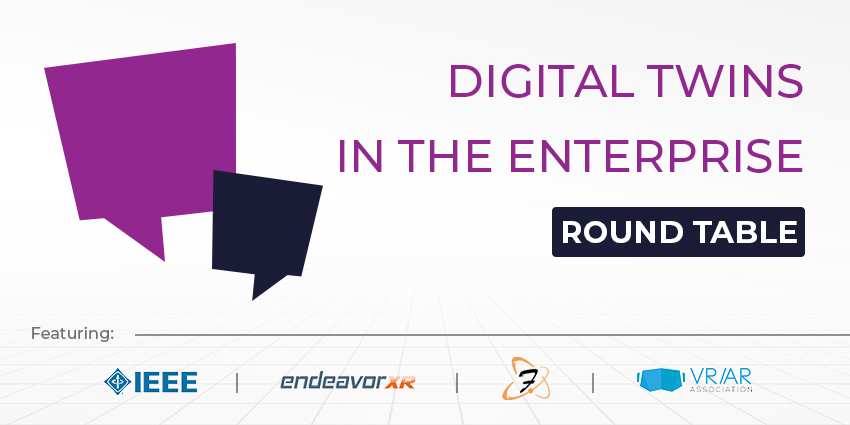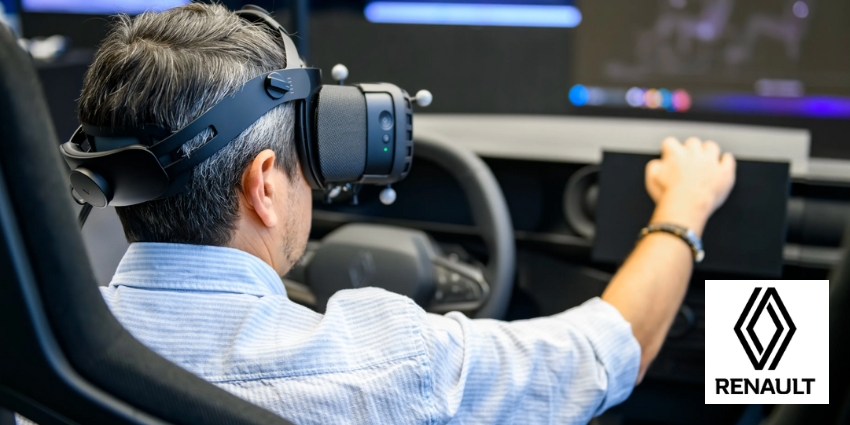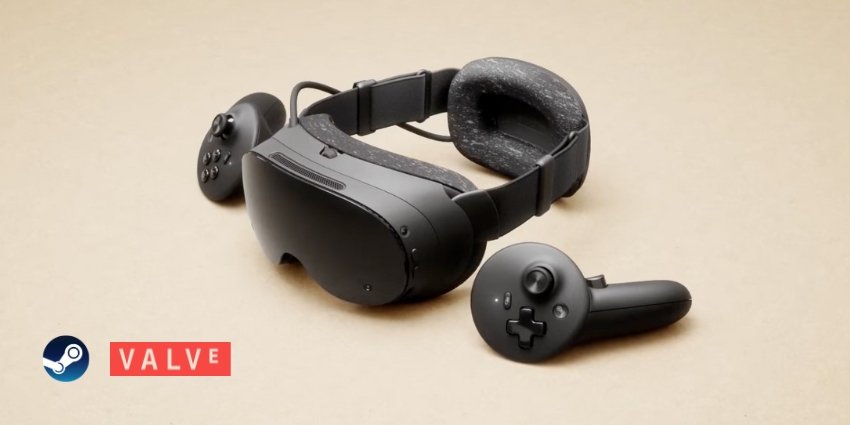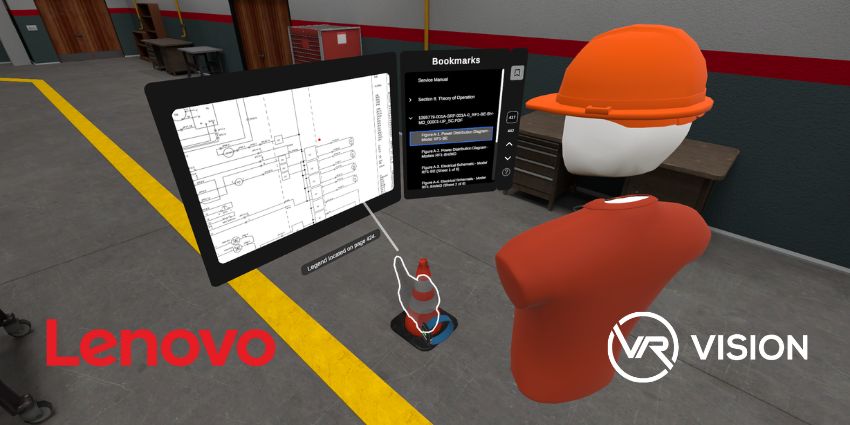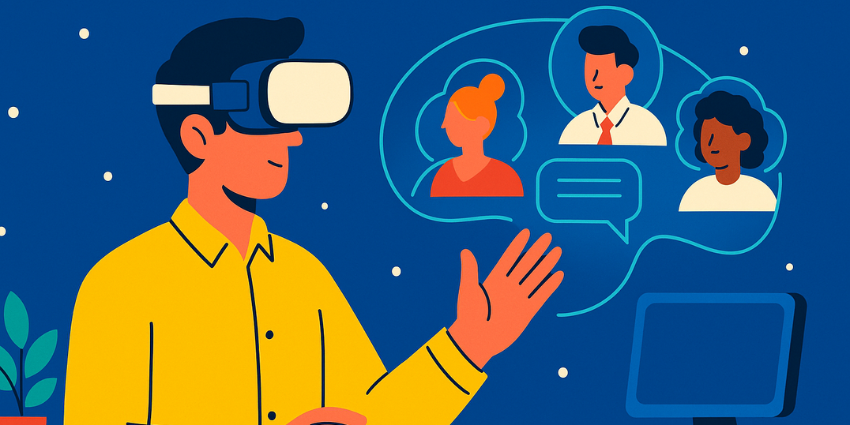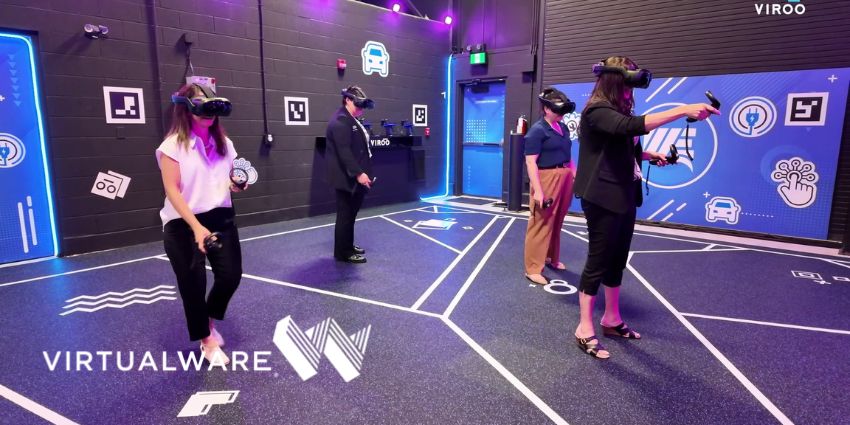XR, as a technology umbrella, exists far beyond headsets. The concept of 3D computing stretches to many end devices and use cases beyond wearing a headset.
The digital twin is a leading and crucial tool for many major companies. Similar to a CAD design, a digital twin is a virtual representation of real-life assets—such as a location or object—that promises unprecedented levels of accuracy and quality.
Digital twins differ from other 3D documentation in that the technology can leverage real-time data, insights, and simulation procedures to increase its usability for the enterprise.
The value propositions of digital twins for enterprise are increasing, and to analyse this trend, XR Today spoke to the regular panellists of the Big XR News Show to give insight into how companies are evolving the trending tech.
Contributors include:
- Kevin ‘O Donovan, Co-Chair, Industrial Metaverse & Digital Twin Committee, VRARA
- Jay Latta, Founder and Speaker, The Fusionists
- Amy Peck, Founder and CEO, EndeavorXR
- Jennifer Rogers, Executive Officer, Learning Technology Standards Committee at the IEEE
How have digital twins changed enterprise workflows in 2024?
Amy Peck
It’s interesting because I think, as with all of this technology, it feels like it dropped from the sky because it just becomes more prevalent.
We’ve all been working with companies that have deployed different versions of digital twins, especially within heavy manufacturing. They’ve been using digital twin simulation and even some kind of traditional AI—apparently now we have to say traditional AI versus genAI—so I think we’re at this point now where there’s much more interest in these [digital twins].
GTC and the work that NVIDIA is doing, Unity has great capabilities around digital twins. You can actually combine the two. You start looking at Nvidia’s AI stack, which is where the Omniverse realm starts to get really interesting. Now you can apply not only the simulation but also bringing in LLM‘s to be able to organically interact with the data.
The technology has evolved to the point where digital twins are foundational to companies, to be able to optimise and just get better data and better visibility.
So, I think we’re just at the precipice now. We’re going to start to see that hockey stick of companies, all of which have some way of leveraging twins in their processes.
Jay Latta
The thing is, yes, it’s boosting what we see right now or in the past six months, which is an increased feature. Companies that want to look into it—some are brave, some are starting some things—have no standard so far.
There are different ecosystems, which makes it harder if one simply turns out not to be optimal, then you can’t shift. It goes also hand in hand with the cloud providers.
Only a few companies are really leading in digital twin initiatives. Combining the products with the right modules. But the huge thing is that you might be trapped – at this classical vendor log-in when you are being trapped with one company, which makes deeper interest and going into a proof of concept a little bit hard because what kind of devices do you start using, avoiding being tripped somewhere else GDPR compliant.
Then, you have the cloud decision, and so on. On the one hand, yes, it’s boosting. On the other hand, you have this handbrake that is still preventing it from really going forward.
Kevin ‘O Donovan
My two cents. Digital twins are almost up there with the hype cycle of AI in the enterprise world in the past 12 months thats a good thing.
The point we’re at in the industry right now is some people say I have a digital twin, I’ve done a LIDAR scan, point cloud, reality capture mass report, something that’s a digital twin.
Other people have deployed bucketloads of IoT technology. They have real-time information coming in, which could be graphical or whatever.
They’re all siloed. If I want to join those together, to Jay’s point—you’re dead, right? That’s where the fun starts because if I have a point cloud in system X and I have IO T data coming in from somewhere else, I’ll just join them and get a real-time digital twin.
Theoretically absolutely. [But] how to do that? It depends. This is where you end up with some vendor lock-in. There’s the USD with NVIDIA, Microsoft, and others driving a digital twin standard. They’re all coming out now with digital twin maturity models.
It’s not necessarily the technology and the standards. But it’s level one: I have a digital representation of something. Level 2: It does something else. Level 3: Is something else? Level 4: Is where I add simulation? Level 5: Is where autonomous. We need to start going hang on a second. Are you a digital trend? Where are you? What functionality does it give you? Who built it? What’s in it?
But I think it’s inevitable. The amalgamation of different silos of data. AI will play a huge role, generative AI and traditional AI, because most of the digital twins are traditional AI.
I think it’s been a great year for digital twins.
Jennifer Rogers
I’m seeing people start to talk about this ecosystem, and my digital twin has to talk to your digital twin. And then, to Kevin’s point, if we’re not at the same level of maturity around that, we may not be able to connect those.
We’re getting there. I’m encouraged by the fact that I am seeing this space really start to narrow in on some specific use cases, like asset performance management, where everybody can come together and look at the ways in which we can move data back and forth. Obviously, artificial intelligence is a big topic of conversation there, too.
So, we need to render the physical space and data, but we’ve also got to bring forth the transformations that we need and acknowledge how that data is coming from all different parts of the value system, value chain, or ecosystem.
We’re getting there because we’re having the right conversations. I was really encouraged to hear people talking about interoperability and concerned about vendor lock-in – how they could bring together different sources of data and applications in ways that make sense for them from an enterprise perspective.
Where are digital twins seeing usage, and what value propositions are emerging?
Kevin ‘O Donovan
In my world, it’s the ability to do the simulation, and a couple of examples are in electric grids. If people go off and buy loads of electric vehicles and plug them in, how many of them can I simulate on a network somewhere? Are transformers going to blow up, or do I need to change? Being able to simulate all that gets utilities way ahead.
In terms of factories, if I go, I need to change the production line. Can I simulate it? Can I make it go faster? Is there anything that I need to do predictive maintenance on? Because something’s going to break.
I think the thing that people might sometimes miss with digital twins is that you can simulate. If you give me a LIDAR scan, a point cloud reality capture, I can’t apply a physics model to that. I can’t do simulations on that. It’s going to be very hard to plug the simulation into that.
Everybody wants to be more resilient. Can I game things out? That’s where simulation comes in.
Jay Latta
Let’s say an automotive firm develops a car that costs an average of 800 million. Building a manufacturing facility costs another 1.2 to 1.6 billion, depending on the location. So, of course, when you build this entity or even if you upgrade to a new model, you need to change the assembly lines.
When you go into production and dock all your suppliers, you get live data. You can identify bottlenecks.How could it look in five hours, 12 hours, or two days?
It’s becoming super powerful in managing major incidents, and this really saves you loads of money that pays for the technology itself.
So here we are, in fact, facing this digital twin, a completely new economy.
Amy Peck
I think another great use case is around ESG now that we’re really having a lot of regulations come down around ESG goals and targets for companies.
These 2030 goals that we’ve carefully made up can now and then allow us to layer a multinational company with physical spaces around the world under different regulatory requirements and reporting.
Then, you start to ingest the regulations for each of those environments, and you’re able to start building those reports in real time. So, not only can you be compliant, but you can also run the simulations to understand how to meet these goals.
There’s so much utility, and companies have to find a way to plug in. Start with your highest value problem, shutting down a manufacturing line in a planned way because you’ve done the predictive maintenance on it versus having it go down in the middle of the day.
It’s a significant difference in your ROA. Start there, fix that problem and then leverage the digital twin for every other aspect of your business.
Jennifer Rogers
On the simulation aspect, there are a couple of different directions we’ve been talking about.
One is around the idea of the specific risk profiles that we want to start with and model out. Different simulations help us make decisions, hopefully in a predictive way, so that these critical incidents don’t happen.
Some of that happens in industrial, in more controlled environments like manufacturing, but also with critical infrastructure. Looking at how we detect corrosion and different aspects that are critical in that regard.
We also need to model those things out, and there are specific risk profiles and data to enable that.
Simulation does play a huge, huge role. It gets back to everything that we’ve said about interoperability. The ways in which we’re actually inputting data and then constructing what we expect to see from that data in a simulation perspective; to actually be of value to organizations.
